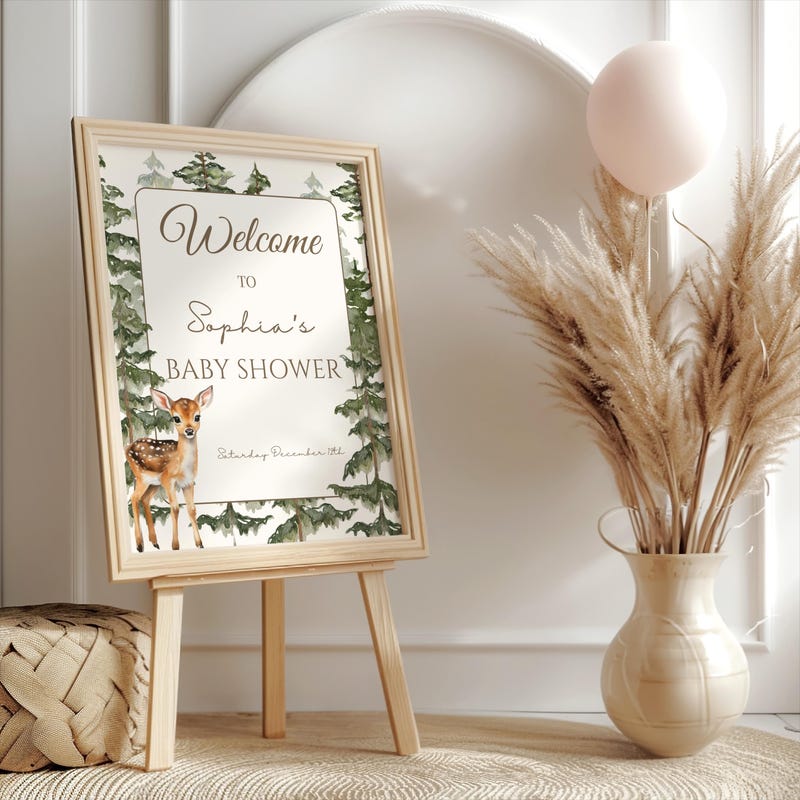Choosing a baby hamper is like picking the first gift for a newborn—there’s excitement, a sprinkle of anxiety, and the hope that it’s the right fit. But when the word “eco‑friendly” pops up, many parents wonder, how do I know if a baby hamper is eco-friendly? This guide walks through the clues, certifications, and everyday details that let you spot the green gems among the sea of plastic‑wrapped options.
What Makes a Baby Hamper Green?
The term “eco‑friendly” can feel like a vague buzzword, but it has a solid foundation: a product that reduces environmental impact through responsible sourcing, manufacturing, and end‑of‑life options. When it comes to a baby hamper, look for the following pillars:
Material Origins
- Recycled or upcycled fabrics (e.g., post‑consumer cotton, hemp blends). Sustainable fibers such as bamboo or organic cotton that use less water and pesticides.
Production Practices
- Low‑energy manufacturing: factories that use renewable energy or have a carbon offset program. Waste reduction: minimal packaging, use of biodegradable or recyclable materials.
End‑of‑Life Considerations
- Durability: a hamper that can be reused or repurposed (e.g., as a storage bin). Biodegradability: if the hamper must be discarded, it should break down safely.
> “The best eco‑friendly products are those that don’t just look good on paper but perform well in the real world.” – Sustainability Advocate, Maya Patel
Certification and Labels to Trust
Certifications are the industry’s way of saying, “We’ve checked the boxes.” However, not all labels are created equal.

International Standards
- OEKO‑Tex Standard 100: guarantees no harmful substances in textiles. Global Organic Textile Standard (GOTS): ensures organic fibers from farm to finished product.
National and Regional Labels
- USDA Organic: strictly regulated in the United States. EU Ecolabel: covers a wide range of environmental criteria.
What to Watch For
- Look for a certificate seal on the packaging or a QR code that leads to a verification page. Verify that the certification covers the entire supply chain, not just the material.
> “A certification is only as good as the transparency behind it.” – Eco‑Consultant, Dr. Luis Ortega
Materials Matter: From Fabric to Packaging
Even the most certified hamper can fall short if the packaging is a landfill nightmare.
Fabric Choices
- Organic cotton: grown without synthetic pesticides, often using less water than conventional cotton. Bamboo: fast‑growing, requires minimal chemicals, but be wary of the processing chemicals used. Tencel (Lyocell): produced in a closed‑loop system that recycles solvents.
Fillers and Linings
- Natural fibers like wool or cotton batting. Avoid synthetic fillers (polyester, foam) that can release microplastics.
Packaging
- Paperboard boxes with a high recycled content. Minimal plastic: if plastic is used, it should be recyclable. Reusable tags: some hampers come with fabric tags that can be repurposed as labels or décor.
The Production Process: Behind the Scenes
A hamper’s environmental footprint is shaped by how it’s made.
Energy Sources
- Factories powered by renewable energy (solar, wind) have a lower carbon footprint. Look for companies that publish energy usage reports.
Water Usage
- Organic and regenerative farming practices reduce irrigation needs. Dyeing processes that use natural dyes or low‑water methods are a plus.
Chemical Management
- Avoid products that use bleach, formaldehyde, or phthalates. Certified eco‑friendly hampers often list these banned chemicals in their product specifications.
Cost vs. Sustainability: Is the Green Choice Worth It?
It’s tempting to assume that eco‑friendly equals expensive, but that’s not always the case.
- Initial price: Eco‑friendly hampers can range from $30 to $120. Long‑term value: Durable, reusable hampers reduce the need for frequent replacements. Hidden costs: Non‑eco options may require more waste disposal or cleaning chemicals, which add up over time.
> “Investing in sustainability is like buying a plant: it may cost more upfront, but it grows with you and benefits the environment.” – Parenting Blogger, Jenna Lee
Practical Tips for Choosing the Right Eco‑Friendly Hamper
1. Scan the Label
- Look for certification seals and read the accompanying description.
2. Ask the Vendor
- Inquire about the source of the fabrics and the factory’s environmental policies.
3. Test the Materials
- If possible, feel the fabric—organic cotton feels softer and more breathable than many synthetics.
4. Consider the Lifecycle
- Will the hamper serve beyond the newborn stage? Can it be donated or repurposed?
5. Read Reviews
- Parents often share insights on durability and hidden environmental concerns.
6. Check for Recyclability
- If the hamper is made of mixed materials, find out if it can be recycled locally.
Making Your Selection Count
Choosing an eco‑friendly baby hamper isn’t just a purchase; it’s a statement that your family values the planet as much as the baby’s comfort. By focusing on certifications, material integrity, and production ethics, you can confidently answer the question: how do I know if a baby hamper is eco-friendly?

Remember, the greenest choice isn’t always the cheapest, but it often pays dividends in reduced waste, healthier materials, and a cleaner conscience. As you hand over that carefully selected hamper, you’re not just gifting a bundle of essentials—you’re passing on a legacy https://privatebin.net/?af8704e676cd7571#FncQNgzUoGHTJkKsEphfLUBtjWmzRdkX3x84QZk11kp3 of mindful consumption.
---
*If you’re ready to explore eco‑friendly baby hampers, start by checking the certifications on the Rattles box, ask your retailer about their sustainability practices, and trust your instincts. Your little one—and the planet—will thank you.*